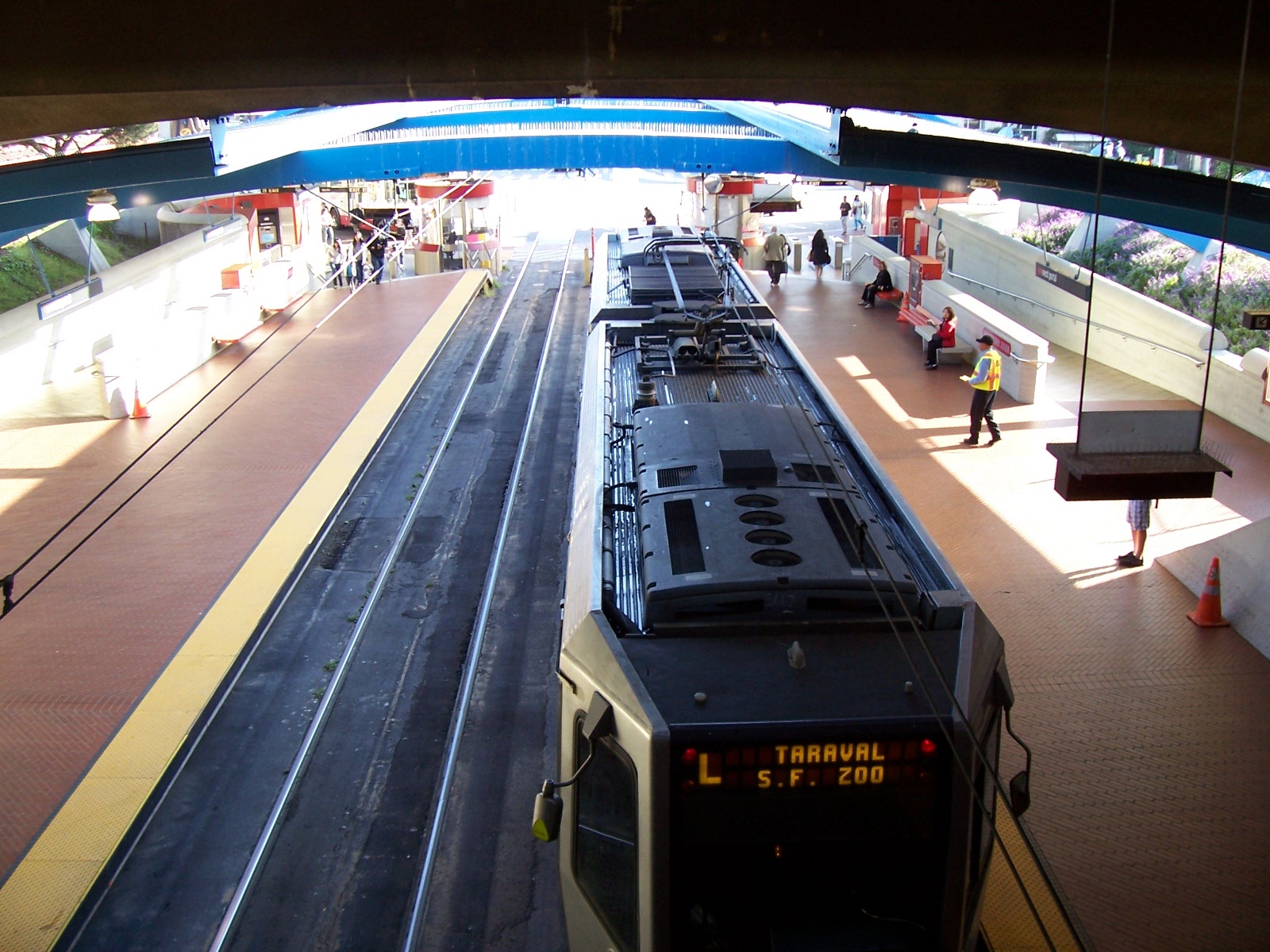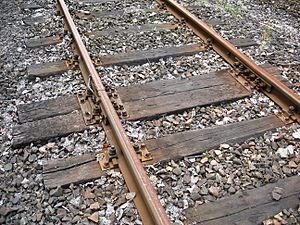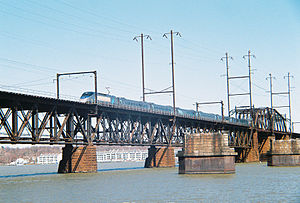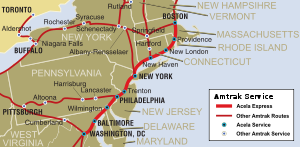As we report on the results an investigation into a crash in Boston, another investigation into a crash continues. On Saturday, a San Francisco Muni train rear-ended another at the West Portal Station(pictured left, from our archives).
About 50 people were injured when a K-train sitting in the station was hit by an L-train going about twice the normal speed. Data shows the train switched to manual mode in the tunnel, then proceeded to the platform. The operator, 61-year old Henry Gray, who has thirty years with the system, two of them driving Muni trains, reported he blacked out just before it happened.
A switch to manual mode is in violation of safety rules, as regulations require the operator get approval to do so before entering the station, as opposed to after. However, the local union says that it is a long-standing and common practice to switch the manual mode early so a train can enter the station while another is parked there, speeding travel and permitting passengers to transfer between trains.
When underground, trains are run on automatic. When emerging at West Portal to above-ground operations, trains switch to manual mode, but are not meant to do so till they enter the station. Transit officials say this is the safest method when trains run along busy city streets where a driver sometimes needs to make a snap decision to hit the brakes.
The crash is the fourth major subway/commuter rail accident in the last ten months. Specifically in the Bay Area, it is the second time this year. A BART train sideswiped another train on February 3rd in downtown Oakland, injuring seven people. However, even in manual mode, local mass transit has more traditional safety features known as “dead man switches“, which require the operator to press down or pull on the controls, otherwise the train stops.
Related articles by Zemanta
- Dozens Hurt in San Francisco Train Crash (nytimes.com)
- Dozens hurt in San Francisco light-rail crash (msnbc.msn.com)
- San Fran Train Collide, Dozens Injured (abcnews.go.com)
- Dozens injured after light rail cars collide (cnn.com)
- San Francisco Train Operator’s Actions Come Under Scrutiny Following Crash (huffingtonpost.com)
- Muni Light Rail Collision at West Portal (sfist.com)





